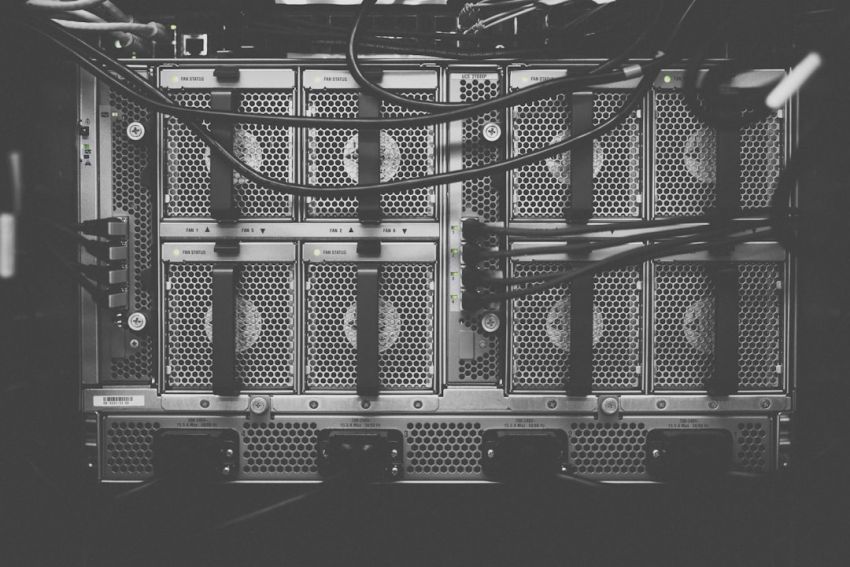What Are the Costs Associated with Lpwan?

Low-Power Wide-Area Networks (LPWAN) have gained significant attention in the realm of Internet of Things (IoT) due to their ability to provide cost-effective connectivity over long distances with minimal power consumption. However, like any technology, there are associated costs that need to be considered when implementing an LPWAN solution.
Understanding the Costs of LPWAN Deployment
When considering the costs associated with LPWAN, it’s essential to break them down into several key categories to get a comprehensive view of the financial implications involved in deploying such a network.
Hardware Costs
One of the primary costs associated with LPWAN deployment is the hardware required to set up the network infrastructure. This includes devices such as gateways, sensors, and modules that communicate using LPWAN protocols. The cost of these hardware components can vary depending on the quality, brand, and quantity required for the deployment. It’s crucial to invest in reliable and durable hardware to ensure the longevity and efficiency of the network.
Network Costs
LPWAN networks typically operate on licensed or unlicensed spectrum bands, each of which comes with its associated costs. Licensed spectrum bands require obtaining a license from the regulatory authorities, which can be a significant upfront cost. On the other hand, unlicensed spectrum bands may have lower initial costs but can be prone to interference from other devices operating in the same frequency range. Additionally, there may be ongoing subscription fees or data charges associated with using a particular LPWAN network provider.
Installation and Deployment Costs
Setting up an LPWAN network involves installation and deployment costs, including labor, equipment, and any necessary infrastructure modifications. Depending on the scale of the deployment, these costs can add up quickly. Factors such as the terrain, distance between devices, and environmental conditions can impact the complexity and cost of installation. It’s crucial to conduct a thorough site survey and planning to accurately estimate these costs and ensure a smooth deployment process.
Maintenance and Support Costs
Once an LPWAN network is up and running, there are ongoing maintenance and support costs to consider. This includes regular monitoring, troubleshooting, software updates, and technical support to address any issues that may arise during the network’s operation. It’s essential to have a dedicated team or service provider in place to ensure the network functions optimally and any potential problems are promptly addressed to minimize downtime and disruptions.
Cost-Benefit Analysis of LPWAN
Despite the costs associated with deploying an LPWAN network, it’s important to weigh them against the benefits and potential savings it can offer in the long run. LPWAN technology is known for its low power consumption, long-range connectivity, and scalability, making it an attractive option for IoT applications in various industries such as smart cities, agriculture, logistics, and healthcare.
By providing cost-effective connectivity for a large number of devices over wide geographic areas, LPWAN can enable organizations to collect valuable data, improve operational efficiency, and make informed decisions based on real-time insights. The ability to connect remote and battery-operated devices with minimal infrastructure requirements can result in significant cost savings and increased productivity.
In conclusion, while there are costs associated with deploying an LPWAN network, the benefits it offers in terms of efficiency, scalability, and connectivity can outweigh the initial investment. By carefully considering and planning for the hardware, network, installation, and maintenance costs, organizations can leverage LPWAN technology to drive innovation and achieve their business objectives in the evolving landscape of IoT.